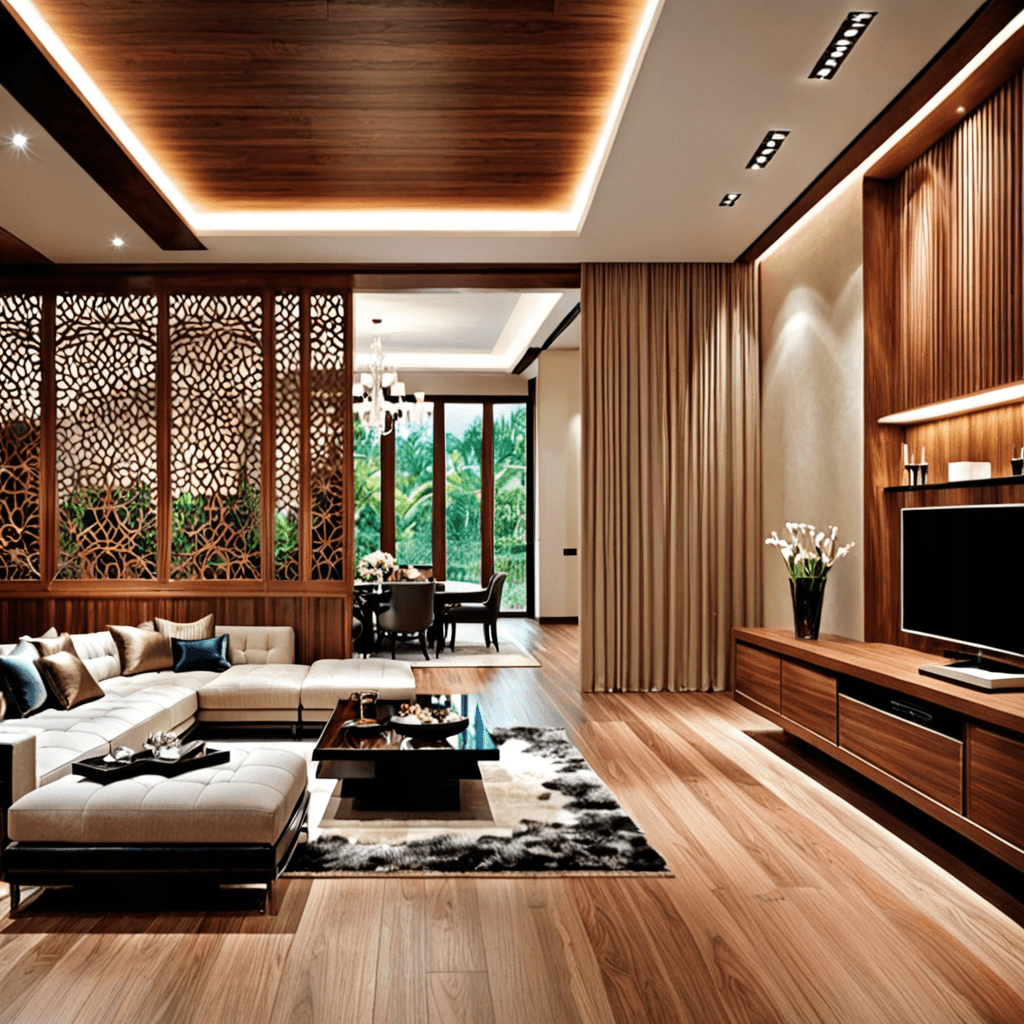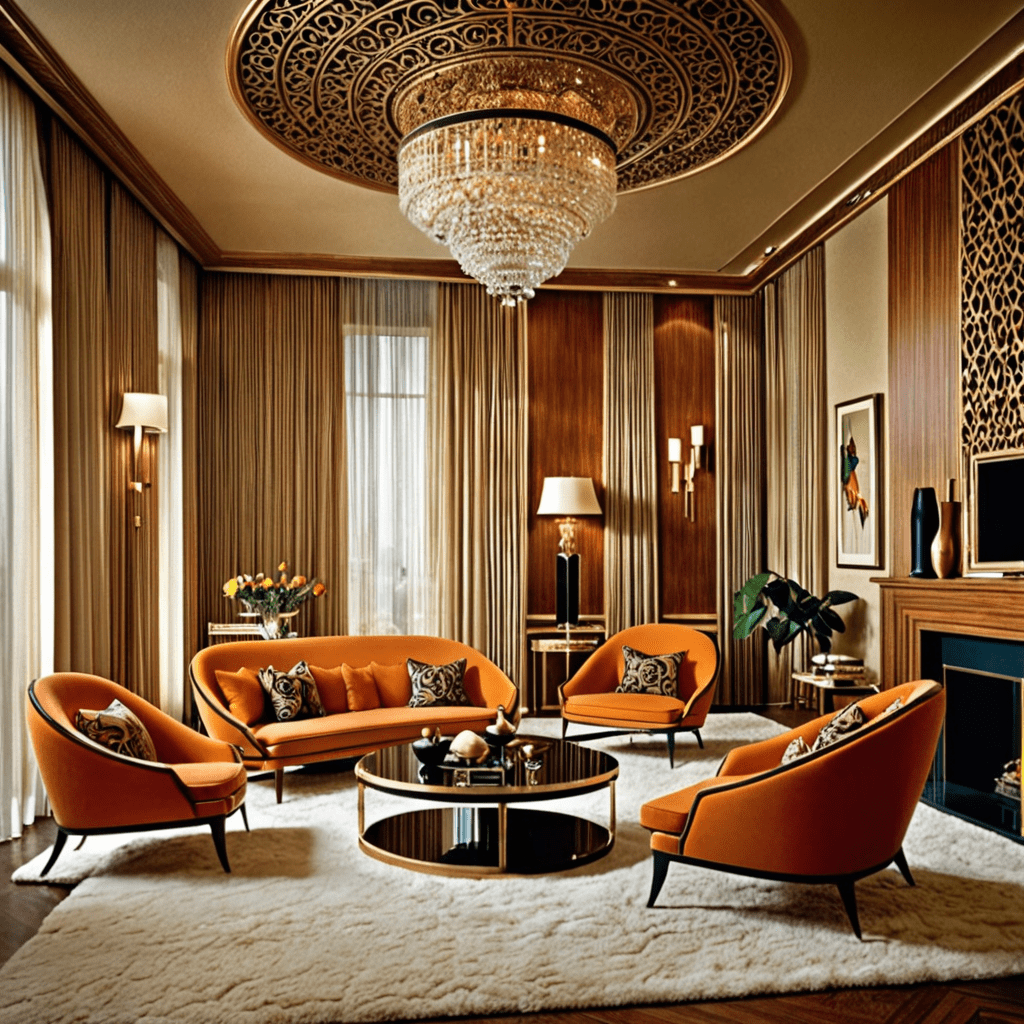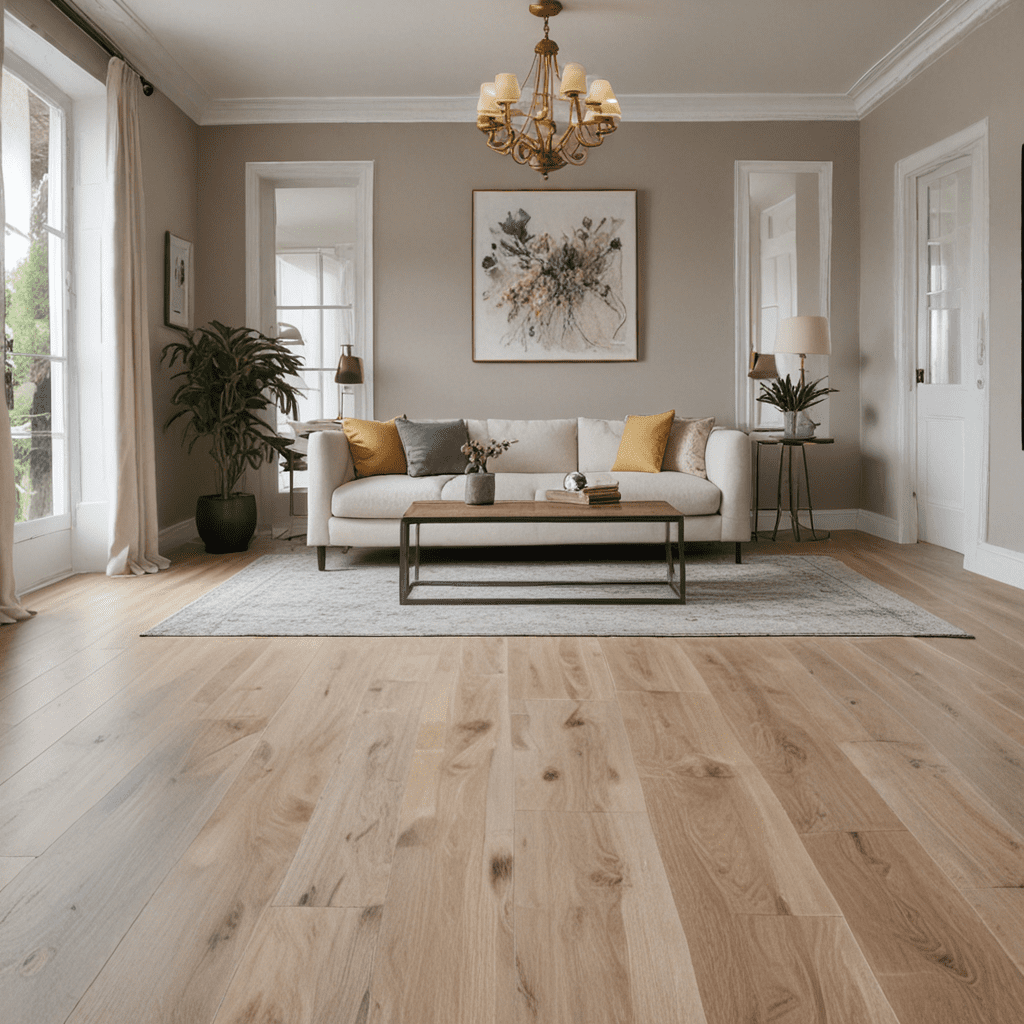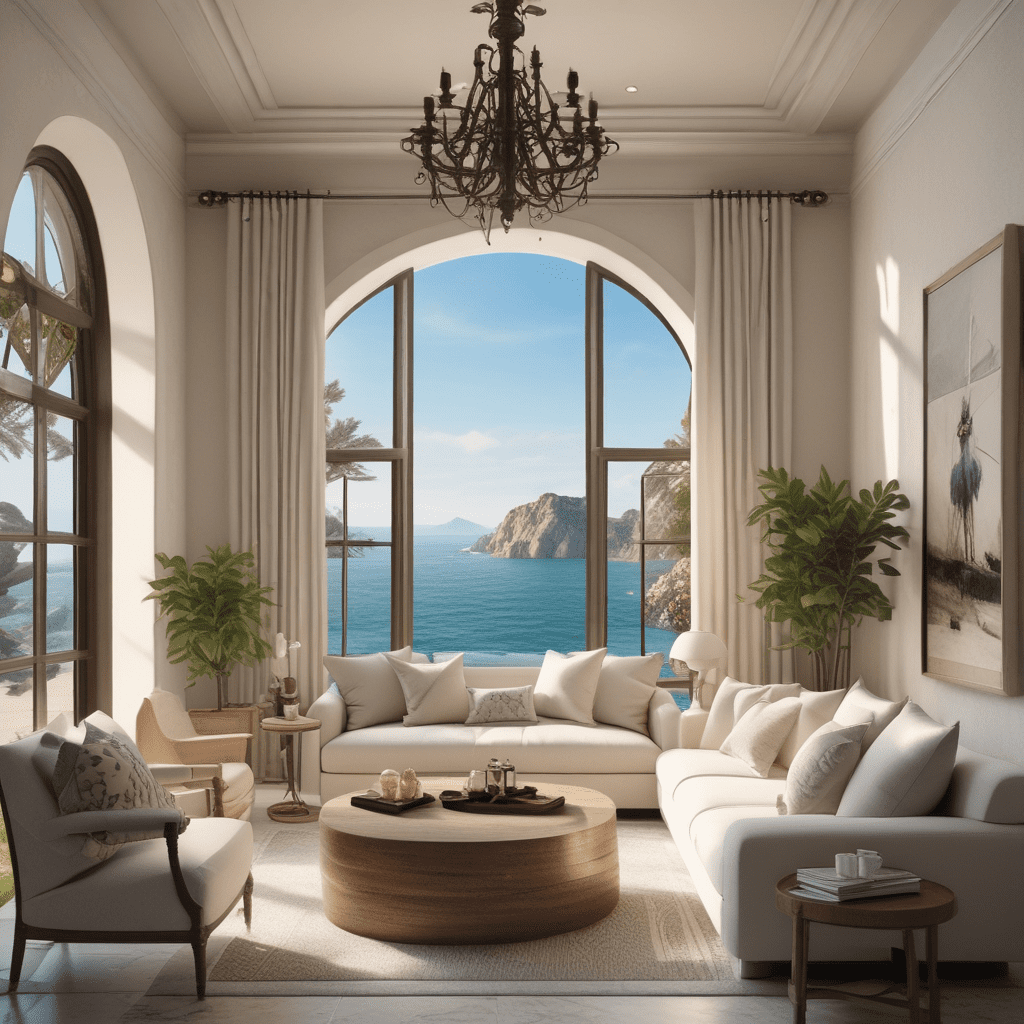„Mastering the Art of Interior Wood Design: Elevate Your Home with Timeless Elegance”


Mastering the Art of Interior Wood Design: Elevate Your Home with Timeless Elegance
Wood has been used in interior design for centuries, adding warmth, character, and sophistication to homes. Whether it’s a rustic cabin or a modern urban loft, incorporating wood into your interior design can create a sense of elegance and timelessness. In this article, we will explore the various ways you can master the art of interior wood design and elevate your home to new heights.
1. Choosing the Right Wood for Your Interior Design
The first step in interior wood design is selecting the right type of wood for your space. Different woods have unique characteristics, colors, and grains that can drastically impact the overall aesthetic. Consider the style you want to achieve and the durability you require before deciding on a specific wood. Some popular choices include oak, walnut, pine, and mahogany.
2. Embracing Natural Wood Finishes
Natural wood finishes are a classic choice for interior design as they highlight the organic beauty of the material. From light stains that enhance the natural grain to dark finishes that add depth and richness to the wood, there are endless possibilities for incorporating natural wood finishes into your home. Experiment with different techniques and sheens to achieve the desired look for your space.
3. Creating Statement Pieces with Custom Woodwork
If you want to take your interior wood design to the next level, consider incorporating custom woodwork into your space. Whether it’s a stunning staircase, an intricately carved fireplace mantel, or custom-built cabinetry, these statement pieces can become the focal point of any room. Work with a skilled carpenter or interior designer to create unique and personalized woodwork that complements your overall design style.
4. Blending Wood with Other Materials
While wood is undoubtedly beautiful on its own, it can also be enhanced by blending it with other materials. Mixing wood with glass, metal, or stone can create a striking contrast and add visual interest to a space. For example, a dining table with a wooden top and metal legs or a wooden kitchen island with a contrasting quartz countertop can create a modern and eclectic look that combines different textures and materials.
5. Incorporating Wood Elements in Unexpected Ways
Think outside the box when it comes to incorporating wood elements into your interior design. Instead of limiting wood to floors, walls, and furniture, consider using it to create unique architectural features such as wooden beams, a wooden ceiling, or a wooden accent wall. These unexpected touches can add a touch of drama and intrigue to your space, elevating it from ordinary to extraordinary.
6. Maintaining and Caring for Wood Surfaces
To ensure that your interior wood design remains beautiful for years to come, proper maintenance and care are essential. Regularly dusting, cleaning, and applying protective finishes can help preserve the wood’s integrity and prevent damage. Additionally, be mindful of temperature and humidity fluctuations as excessive moisture or dryness can adversely affect the wood. By following proper maintenance practices, you can extend the life and beauty of your wood surfaces.
FAQ: Frequently Asked Questions
Q: Can I mix different types of wood in my interior design?
A: Absolutely! Mixing different types of wood can add depth and visual interest to your space. However, it’s important to ensure that the woods complement each other in terms of color and grain. Consider using a cohesive color palette and sticking to a maximum of two to three different wood species to maintain a harmonious look.
Q: How do I prevent my wood furniture from fading?
A: Exposure to direct sunlight can cause wood furniture to fade over time. To prevent this, consider using window treatments such as blinds or curtains to shield the furniture from sunlight. Additionally, regularly applying a UV protective coating can help preserve the wood’s color and prevent fading.
Q: Can I paint wooden furniture instead of using natural wood finishes?
A: Yes, painting wooden furniture is a popular option for adding a pop of color or creating a specific design style. However, keep in mind that painting wood hides its natural beauty and texture. If you prefer the organic look of wood, consider using a stain or clear finish that allows the wood’s natural characteristics to shine through.
Q: How can I incorporate wood into a small space without overwhelming it?
A: In smaller spaces, it’s important to use wood strategically to avoid overwhelming the area. Opt for lighter wood tones and smaller-scale furniture pieces to create a sense of openness. Additionally, incorporating mirrors or glass elements can help reflect light and create the illusion of more space.
Q: What is the best way to clean and maintain wood floors?
A: To clean wood floors, use a soft broom or vacuum with a floor brush attachment to remove dust and debris. Avoid wet mopping as excessive moisture can damage the wood. Instead, opt for a damp mop or microfiber cloth lightly dampened with a wood floor cleaner recommended by the manufacturer. Regularly sweeping and avoiding shoes with sharp heels can also prevent scratches on the wood surface.
Q: Are there any sustainable options for interior wood design?
A: Yes, sustainable wood options such as bamboo, reclaimed wood, and certified wood from responsibly managed forests are becoming increasingly popular. These options allow you to incorporate wood into your interior design while minimizing environmental impact. Make sure to look for certifications such as FSC (Forest Stewardship Council) to ensure the wood’s sustainability credentials.
In conclusion, interior wood design offers endless possibilities for creating a warm and inviting atmosphere in your home. By choosing the right wood, embracing natural finishes, incorporating custom woodwork, blending wood with other materials, thinking outside the box, and properly maintaining wood surfaces, you can master the art of interior wood design and achieve a timeless elegance that will be admired for years to come.




